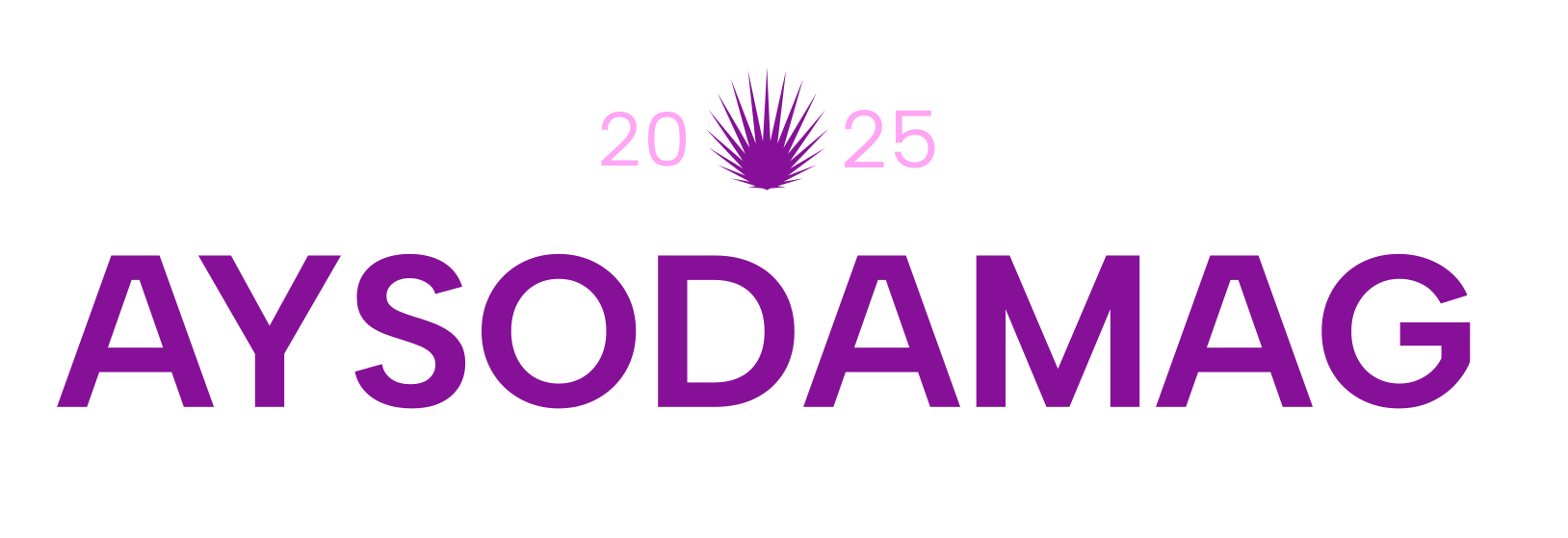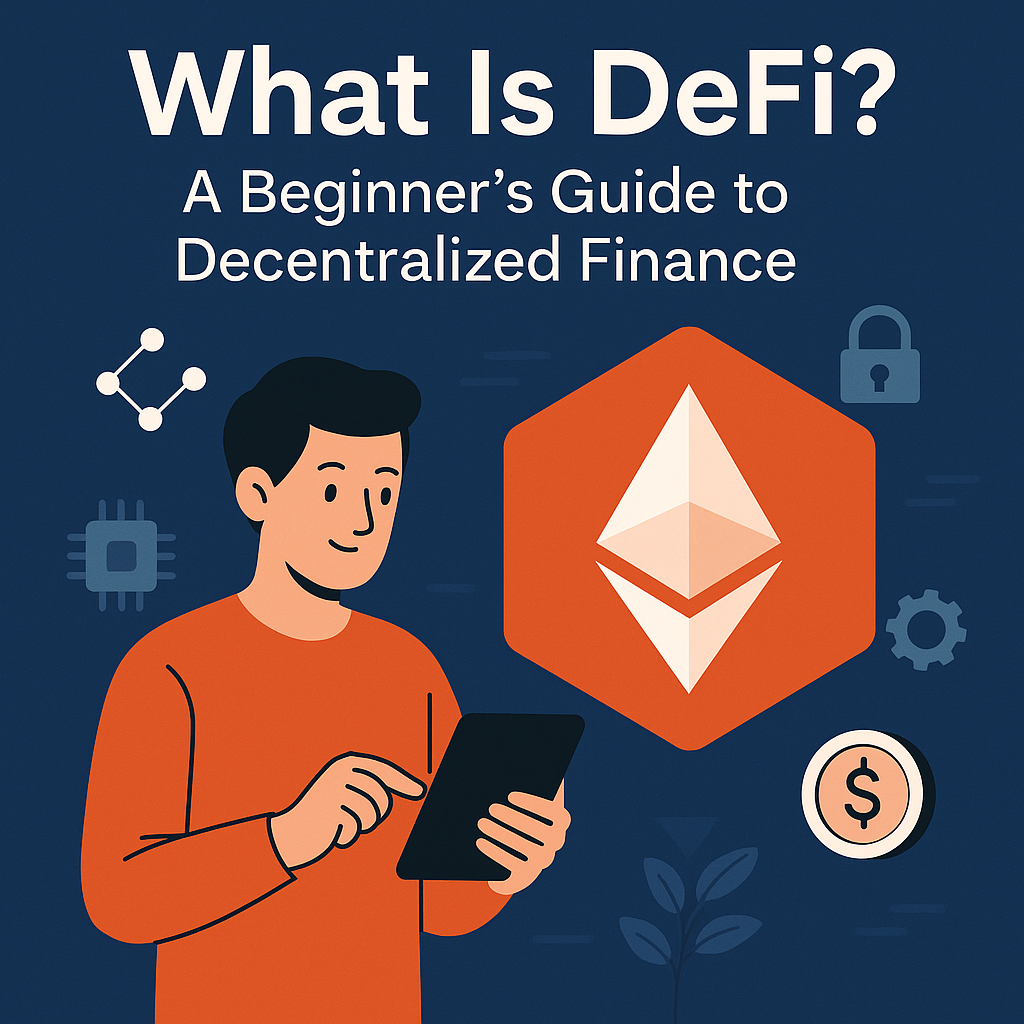Introduction
The financial world is undergoing a massive transformation—and at the heart of this change lies Decentralized Finance (DeFi). As traditional banking systems face increasing scrutiny, DeFi offers an alternative model: transparent, permissionless, and open to anyone with an internet connection. But what exactly is DeFi, and why is it gaining so much attention? This guide will explain the fundamentals of DeFi, how it works, its benefits and risks, and how you can get started.
1. What is DeFi?
DeFi stands for “Decentralized Finance.” It refers to a set of financial services built on blockchain technology, mainly on Ethereum. Unlike traditional finance, which relies on banks or brokers, DeFi uses smart contracts—automated programs that run on blockchains—to facilitate transactions like lending, borrowing, trading, and earning interest.
2. Key Features of DeFi
-
Decentralization: No central authority controls your funds
-
Transparency: All transactions are recorded on public blockchains
-
Accessibility: Anyone with internet and a crypto wallet can participate
-
Interoperability: DeFi apps (called DApps) can connect and work together
3. Popular DeFi Applications
-
Uniswap: A decentralized exchange (DEX) for token swaps
-
Aave: Lending and borrowing platform with variable interest rates
-
Compound: Earn interest by lending crypto assets
-
Curve Finance: Focused on stablecoin trading with low fees
These platforms allow users to act as their own banks—no intermediaries required.
4. Benefits of DeFi
-
Higher Yield Opportunities: Many DeFi protocols offer better returns than traditional banks
-
Censorship Resistance: No one can freeze your account
-
Global Access: Especially valuable in regions with unstable banking systems
-
Ownership and Control: Users retain full custody of their assets
5. Risks and Challenges
-
Smart Contract Bugs: Vulnerabilities in code can lead to hacks
-
Scams and Rug Pulls: Not all projects are trustworthy
-
Regulatory Uncertainty: Many governments are still defining legal frameworks
-
High Gas Fees: Ethereum-based DeFi can be expensive during peak demand
Always do your own research (DYOR) before investing in any DeFi project.
6. How to Get Started with DeFi
-
Set up a crypto wallet (like MetaMask)
-
Buy some ETH or stablecoins from a centralized exchange
-
Connect your wallet to a DeFi platform (like Aave or Uniswap)
-
Start exploring, but begin small and be cautious
Conclusion
DeFi is revolutionizing the financial landscape by making money more accessible, open, and programmable. While the opportunities are exciting, it’s essential to approach the DeFi space with care and a strong understanding of both its benefits and risks. As the ecosystem continues to grow, those who educate themselves today will be better positioned for the decentralized future of tomorrow.

